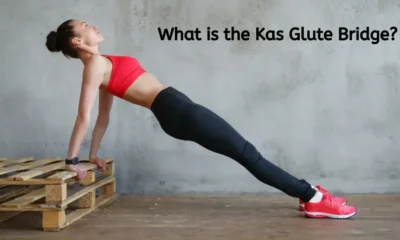YOGA
5 Yoga Poses to Fix Anterior Pelvic Tilt
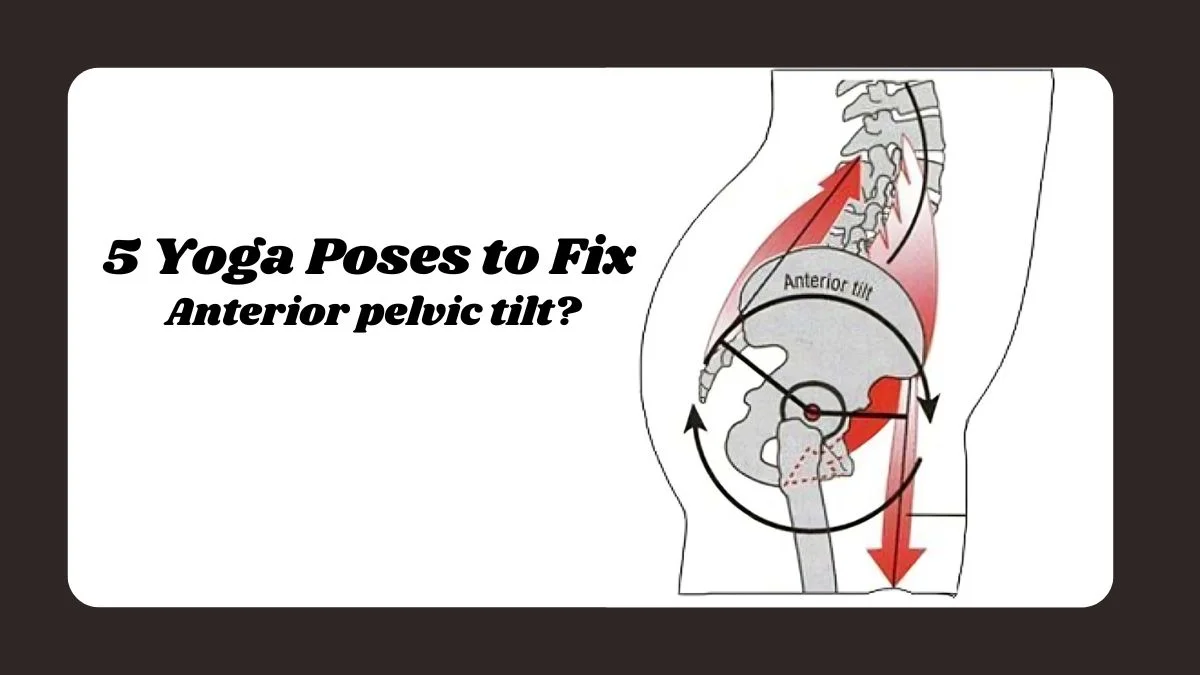
What is anterior pelvic tilt?
Getting to know what is anterior pelvic tilt is the first step to fix anterior pelvic tilt. It is a change in pelvic position when the front of the pelvis rotates forward, and the back of the pelvis rises. In simpler words, it is a forward tilt of the pelvis. People who have an anterior pelvic tilt might notice that the muscles in the front of your pelvis and thighs are tight, and the ones in the back are weak. Additionally, the gluteus and abdominal muscles may also be weak.
Table of Contents
Risk factors of anterior pelvic tilt
Knowing risk factors for the development of anterior pelvic tilt helps to fix anterior pelvic tilt, they include:
- Excessive sitting
Long time of sitting will cause weak core muscles that can contribute to the degree of anterior pelvic tilt and increase the degree of lumbar lordosis.
- Lack of physical activity
Lack of physical activity, especially lack of strength training and certain kinds of isometric muscle development, can also contribute to weak phasic muscles and thus anterior pelvic tilt.
- Poor posture
Poor posture will lead to imbalanced muscles, which pulling on the lumbar region of the spine or pelvis in general often contributes to the tilt. To fix anterior pelvic tilt, you must learn to fix your posture first.
- Genetics like flat feet that cause unbalanced pelvic position
Flat feel will lead to poor posture, which combine a sedentary lifestyle, are some of the main causes of having a pelvis tilted towards the anterior.
Diagnosis with the Thomas test
Learning to diagnose anterior pelvic tilt is crucial for fix anterior pelvic tilt, it is time to introduce the Thomas test. Despite the posture and shape of the spine can help to indicate anterior pelvic tilt, the Thomas test is more reliable on anterior pelvic tilt diagnosis. The following steps will show you how to identify anterior pelvic tilt.
To carry out this simple test, people should:
- Lie down on a table with his or her legs be hanging off the table, at the knee.
- Pull one leg toward the chest, bending and holding at the knee. Then, repeat with the other side.
- If the pelvis is incorrectly aligned, the back of the resting leg will raise off the table. If it is necessary to extend or rotate the resting leg in any way, in order to keep it from raising off the table, it indicates a pelvic tilt.
What problems can an anterior pelvic tilt cause?
- Tight muscles in the pelvic and thigh areas, can cause a lack of stability and mobility.
- Poor posture with the lower spine curving in, and a protruding stomach.
- Lower back pain: An anterior pelvic tilt alters the way the pelvic muscles pull on your spine, causing your lower back to curve excessively inward. This curve places unnatural pressure on your spine. Which ultimately cause aches and pain in your lower back
5 Yoga Poses to fix anterior pelvic tilt
Luckily, there are multiple classic yoga asanas could significantly help fix anterior pelvic tilt, which start by reduce lower back pain.
Child pose helps to alleviate lower back pain
Child pose brings the spine into the opposite direction which avoid irritation, and in most scenarios, allows the traversing nerves to have more space. Hence calm down your body and mind. Also it stretches the muscles of the low back, as well as the inner thighs, helping alleviate lower back pain.
How to:
- kneel and sit on your knees.
- Lean forward, keeping your buttocks on your heels, and rest your forehead on the floor.
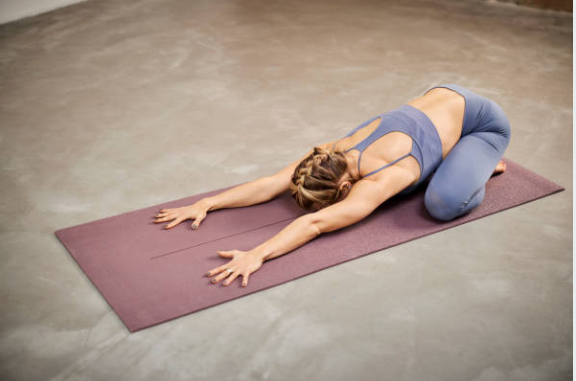
Chair pose helps to fix anterior pelvic tilt by building core strength
If your anterior pelvic tilt is caused by tight hip flexors, getting them to elongate and release enables the body to assume a more neutral pelvic posture. The chair significantly fix anterior pelvic tilt because the pose engages your legs, upper back, lower back, shoulders, hamstrings, hips, glutes, and feet. This pose elongates and lengthens the back and can help improve your core muscles and in this way to maintain a balanced pelvic position.
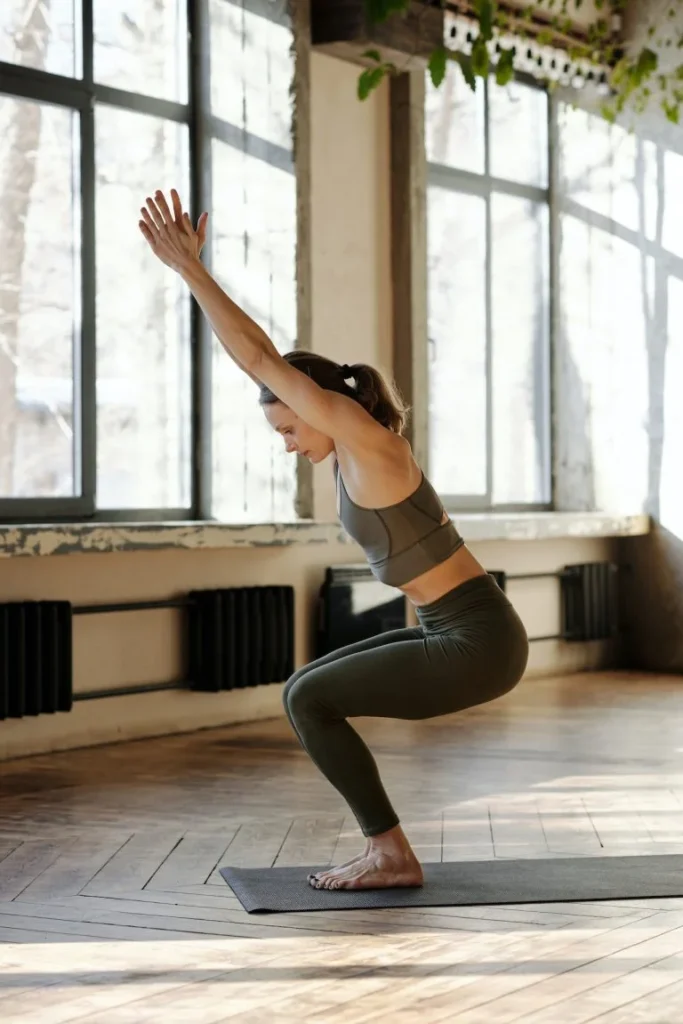
How to:
- Stand with your back against the wall, then slowly walk your feet forward,
- Lowering down into the pose.
- Keep your feet at hip distance apart.
Warrior 1 pose helps to fix anterior pelvic tilt by stretch hip flexors
Warrior I strengthens and stretches your legs and buttocks, the front of your hips, and shins. In your front leg, this pose strengthens the your thigh, calf, and ankle. In your back leg, it stretches the back of your hamstring and calf muscles. It helps to build strength on hips and thighs to fix anterior pelvic tilt.
How to:
- Start from standing, step your right foot forward, with your foot parallel and toes pointing front, then bend your knee into a lunge.
- Turn your left heel in at approximately 45 degrees.
- Raise your arms straight above your head.
- Lift your chin to gaze at your hands overhead.
- Hold your pose for a few breaths then repeat on the other side.
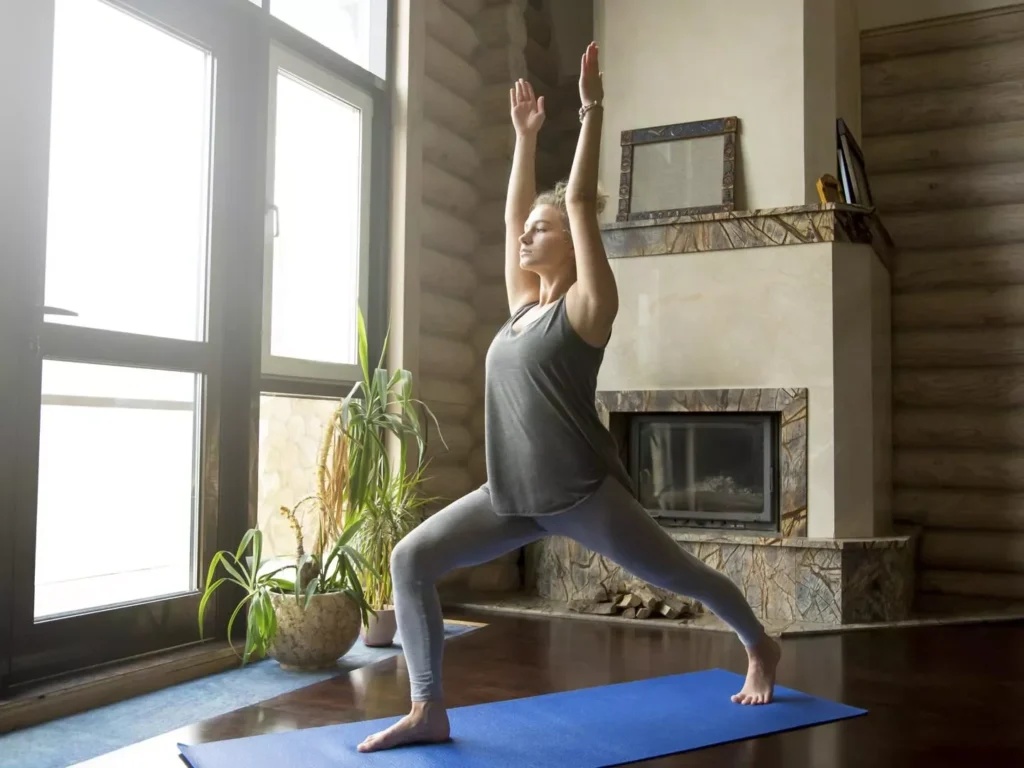
Downward facing dog pose helps fix anterior pelvic tilt by maintaining neutral pelvic position
In the downward facing dog pose, your spine is lengthened, and it opens up your upper back. this exercise can help to improve hamstring flexibility and hip mobility, which benefits maintaining neutral pelvic position.
How to:
- Start from an all fours position, bring your hands slightly forwards of your shoulders, remember to spread your fingers.
- Tuck your toes under, engage your lower belly drawing the navel back to the spine.
- Press through your hands and lift your hips back and up to bring yourself into an upside down V pose.
- Slide your shoulder blades down along the spine, collar bones spread. The base of the neck relaxed.
- Maintaining length in the spine.
- Stay for a few breaths and release
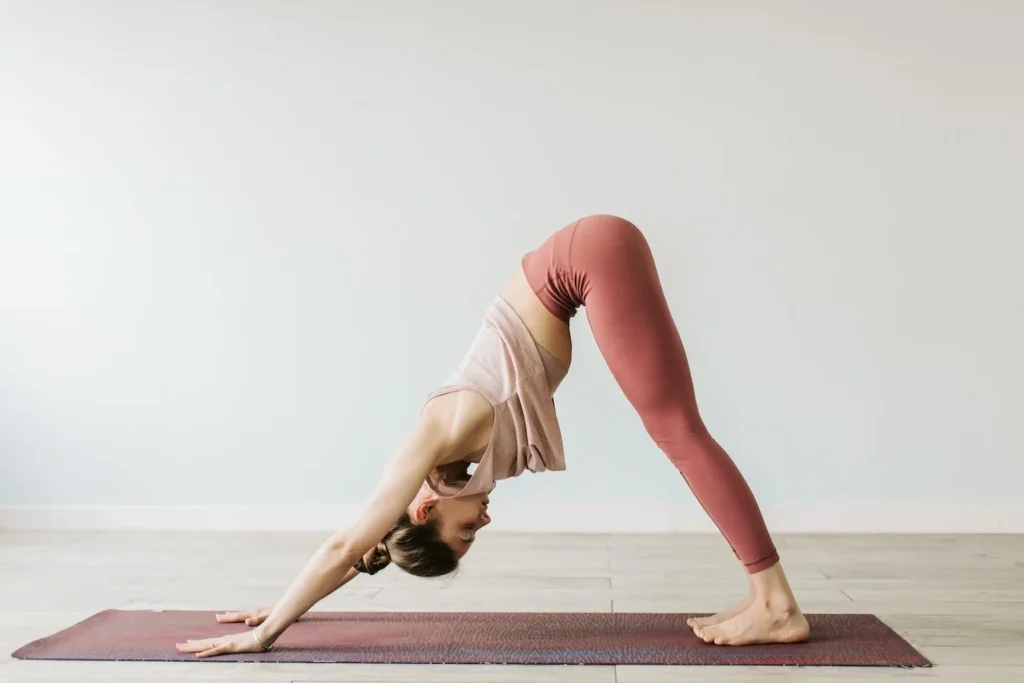
Bridge pose helps fix anterior pelvic tilt by reducing pelvic rotation
Doing bridge pose significantly reduce anterior pelvic tilt. It is a pose should be practiced everyday to fix anterior pelvic tilt.
How to:
- Start from lying on the back with knees bent.
- Lift the hips toward the ceiling until the body is straight from the shoulder to the knees.
- Lower the hips back down and repeat.
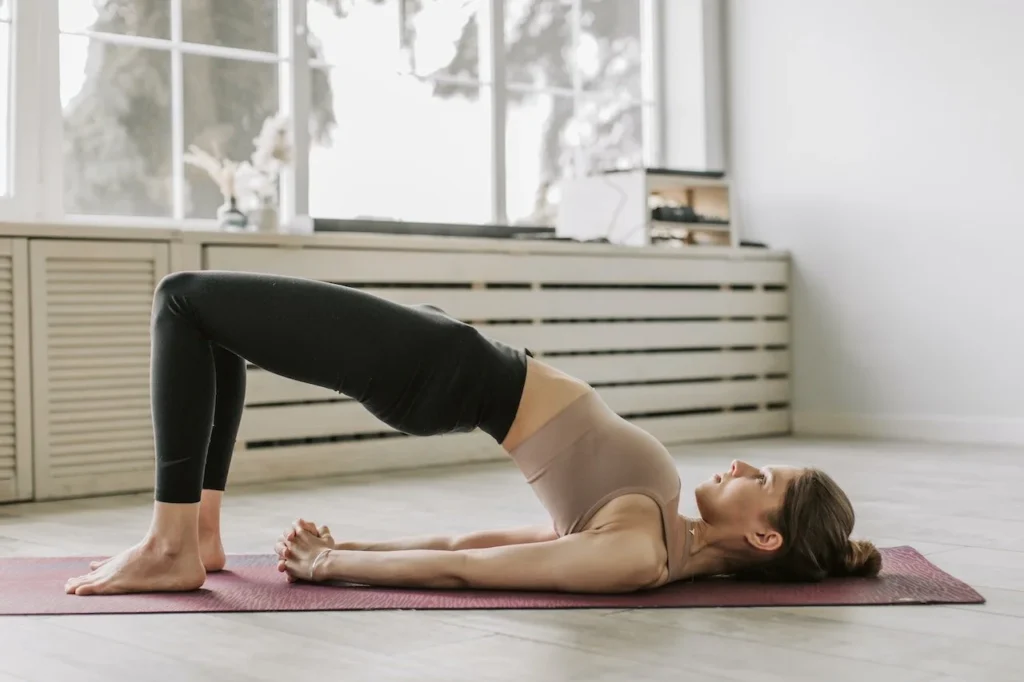
-

 GENERAL2 months ago
GENERAL2 months agoUncovering the World of кинокрадко: The Dark Side of Film Piracy
-

 GENERAL2 weeks ago
GENERAL2 weeks agoUnveiling the Art of преводсч: How Translators Bridge Language Barriers
-

 YOGA1 year ago
YOGA1 year ago4 Person Yoga Poses for Beginners
-

 GENERAL2 months ago
GENERAL2 months agoThe Journey of iamnobody89757: From Anonymous User to Internet Sensation



